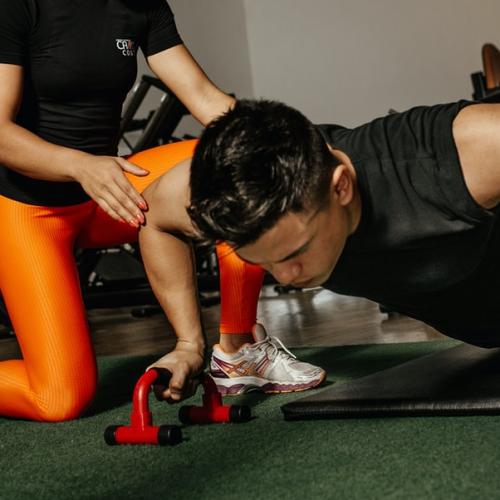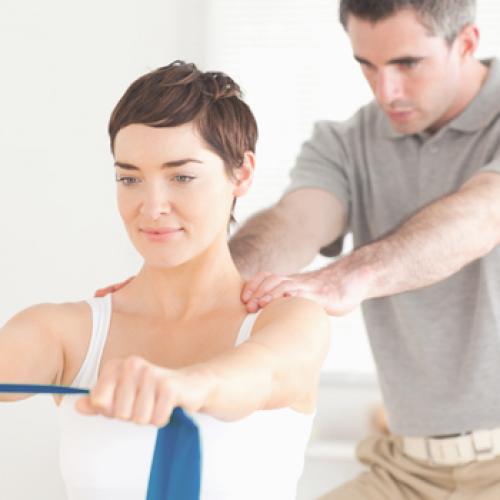Vestibular Rehab
What is Vestibular Rehabilitation Therapy?
Vestibular rehabilitation therapy is an exercise-based program designed to promote central nervous system compensation for inner ear deficits. Vestibular rehab can help improve balance and reduce problems related to dizziness.
We assess a wide variety of conditions, including:
- Thorough evaluation of medical history
- Observing and measuring posture
- Balance and gait
- Compensatory strategies
- Eye-head coordination tests
- Measuring the frequency and severity of symptoms
Using the evaluation results, we develop an individualized treatment plan that includes specific head, body, and eye exercises to be performed both in the therapy setting and at home. These exercises retrain the brain to recognize and process signals from the vestibular system and coordinate them with information from vision and proprioception. This often involves desensitizing the balance system to movements that provoke symptoms and increase home-based activities and exercise to strengthen muscles.
Conditions we treat:
- Reduced inner ear function on one or both sides
- Benign paroxysmal positional vertigo (BPPV)
- Ménière’s disease
- Labyrinthitis
- Vestibular neuritis
- Long-term unresolved inner ear disorders that have had little or no success after undergoing medical management
- Acute or abrupt loss of vestibular function following surgery
Falls and Balance
Falls are not part of the normal aging process and don’t have to be a fact of life for seniors, yet many aging adults still experience them. Complications from falls can lead to lengthy hospital stays and increase dependence on others, but rehabilitation specialists can recommend a variety of options to prevent this.
We assess a wide variety of conditions, including:
- Posture
- Balance
- Strength
- Walking pattern
- Joint flexibility
- Vision
- Cognition
- Home environment interview
After determining what is impairing your balance, we develop an individualized program, including specific strengthening and balance exercises, gait retraining, and safety education. All activities are designed for maximum safety and security. If needed, your therapist may recommend an assistive device for walking, such as a cane, crutches, or walker, and make appropriate home adaptation recommendations like bathroom safety equipment.








